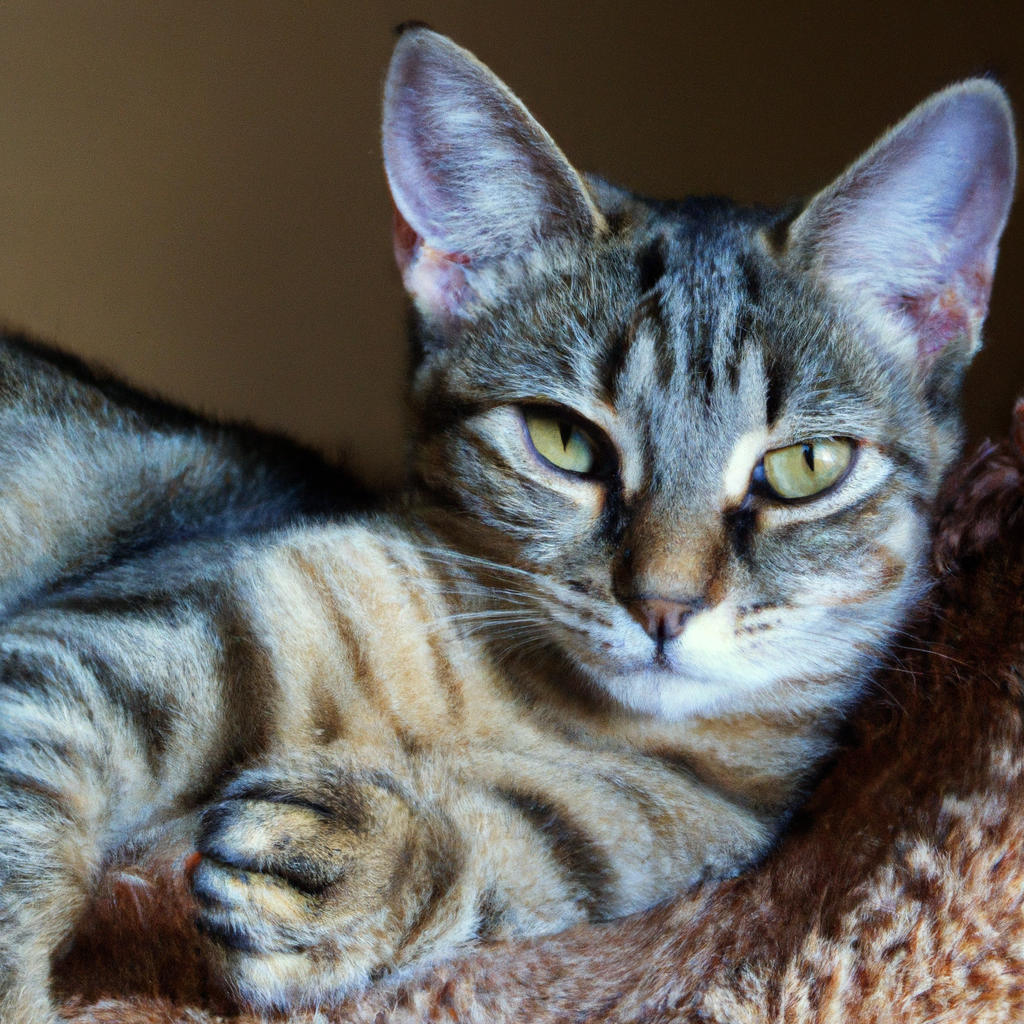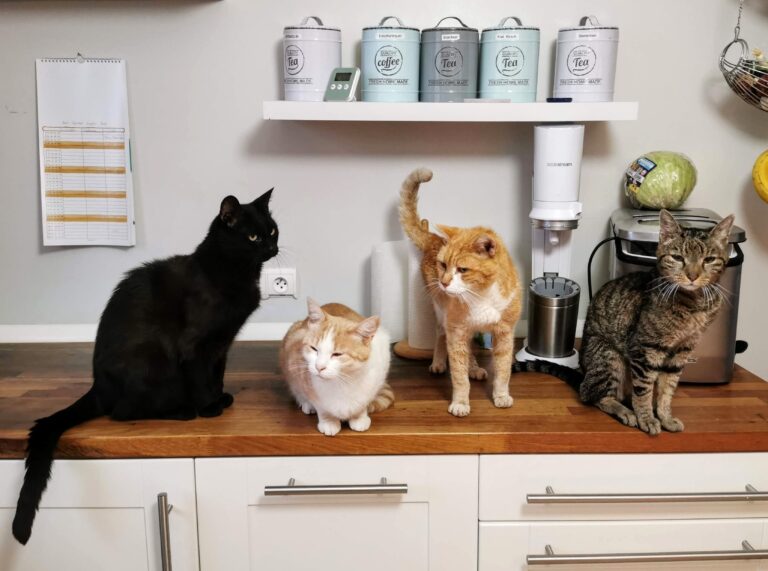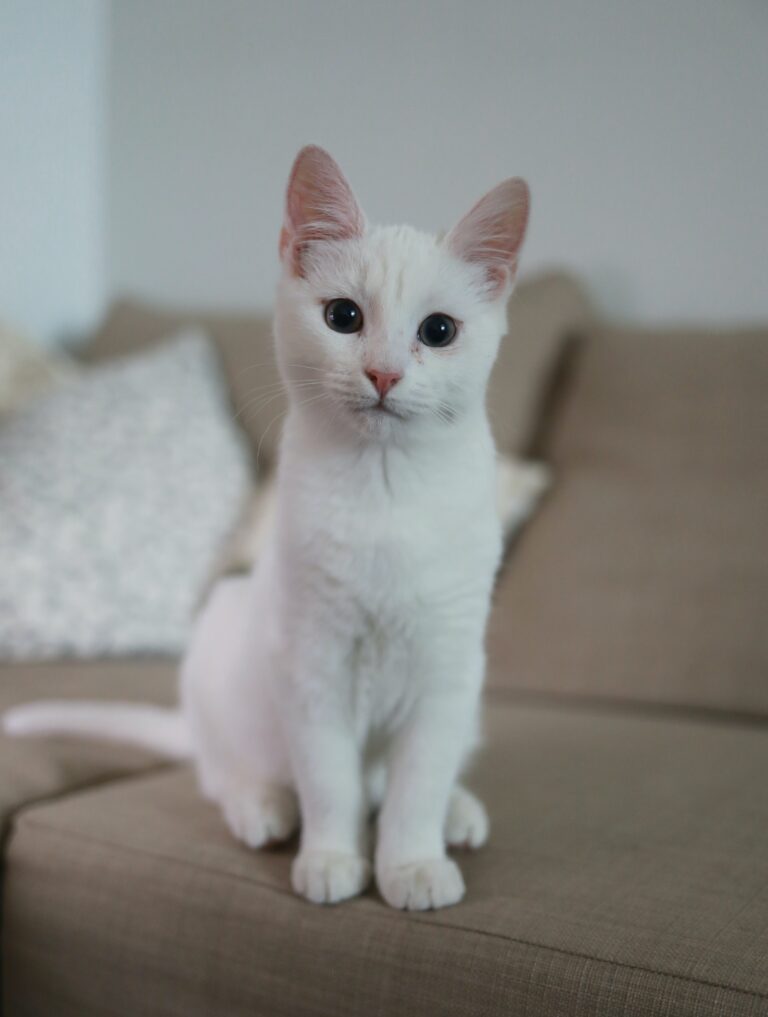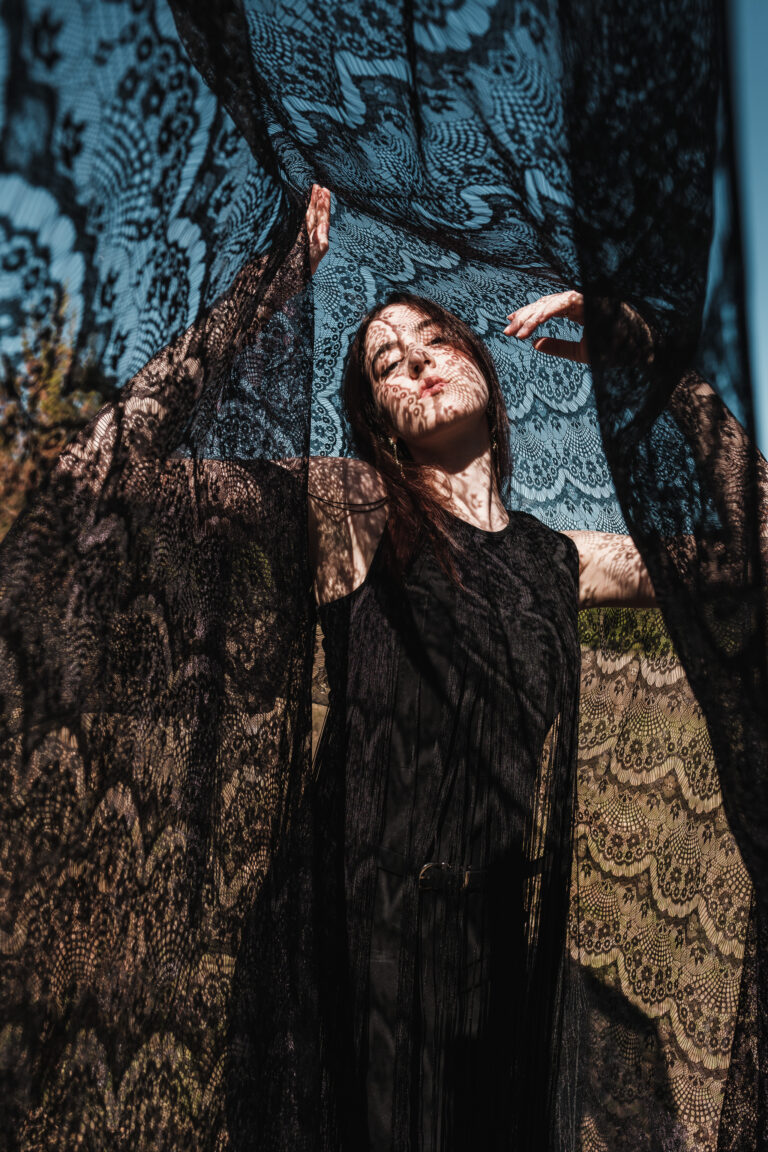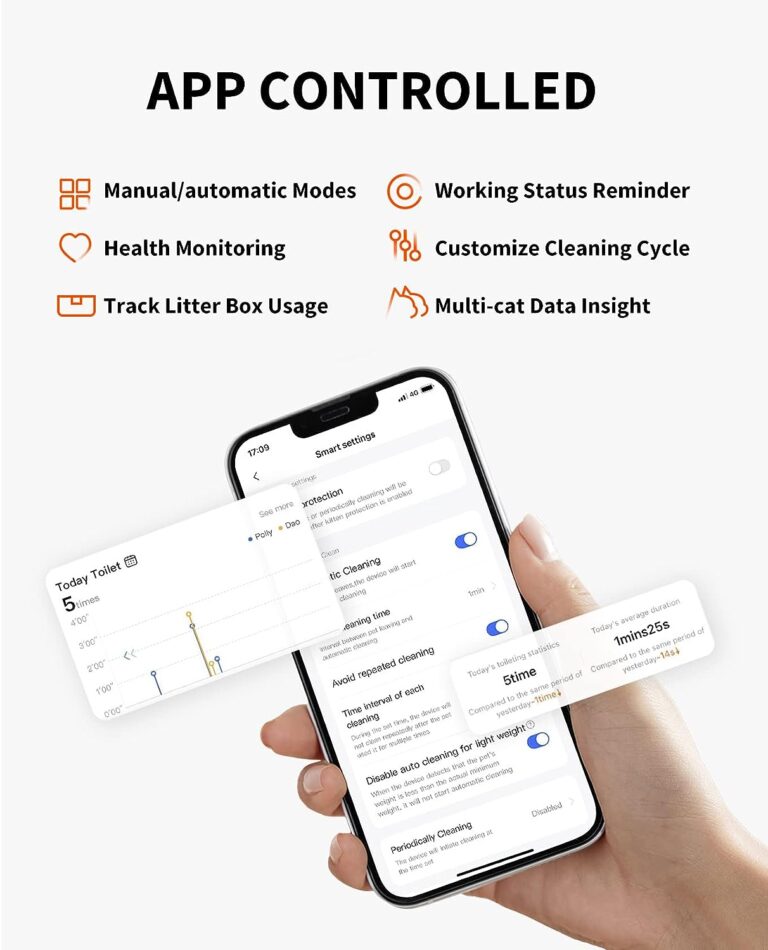Cat Body Language Chart
Imagine being able to have a deep, meaningful conversation with your furry feline friend. Well, now you can! With the Cat Body Language Chart, you can unlock the secrets behind your cat’s behaviors and truly understand what they’re trying to say. This incredible tool allows you to communicate effortlessly with your cat, bridging the gap between species and building a stronger bond than ever before. Say goodbye to misinterpretations and confusion, and say hello to a whole new level of connection. So, grab your Cat Body Language Chart and get ready to have some enlightening conversations with your beloved pet!
Understanding Cat Body Language
Cats are fascinating creatures with their own unique way of communicating. By understanding their body language, you can have a deeper insight into their thoughts and feelings. This article aims to provide you with a comprehensive guide to interpreting cat body language so that you can better connect with your feline friend.
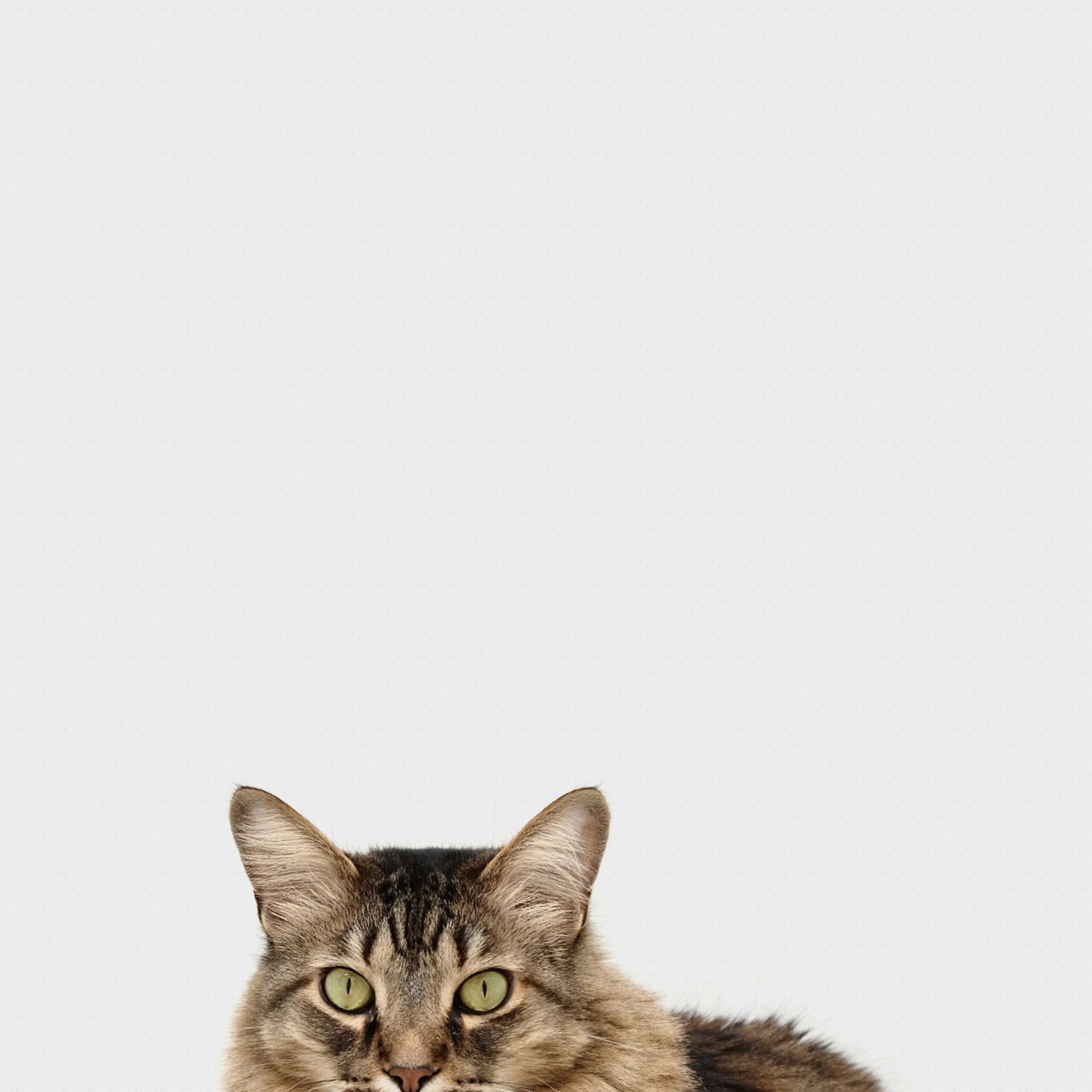
Learn how to speak directly to your cat, communicating your thoughts and feelings CLICK HERE
Identifying Different Types of Body Language
Cats have a diverse range of body language signals that convey various emotions and intentions. By familiarizing yourself with these different types of body language, you will be able to communicate more effectively with your cat.
- Relaxed and Contented: When your cat is feeling calm and content, they may display a relaxed body posture, gently blinking eyes, and softly purring.
- Fearful and Anxious: A fearful or anxious cat may have a tense body, flattened ears, and dilated pupils. They may try to hide or seek a safe spot away from potential threats.
- Stressed and Agitated: If your cat is feeling stressed or agitated, they may exhibit signs such as excessive grooming, tail twitching, and restlessness. They may also display heightened alertness and react more sensitively to stimuli.
- Defensive or Threatened: When a cat feels threatened or defensive, they may puff up their fur, arch their back, and hiss or growl. Their tail may be swishing back and forth aggressively.
- Playful and Excited: Cats often show their excitement and playfulness through body language such as crouching down, tail wagging, and pouncing movements. They may also engage in playful behaviors like batting at objects or chasing their tail.
- Curious and Interested: When a cat is curious or interested in something, they may have forward-facing ears, wide-open eyes, and an alert body posture. They may approach the object of interest cautiously or investigate it with their paws.
Paying Attention to Tail Positions
The position of a cat’s tail can reveal a lot about their current mood and intentions. Here are some common tail positions and what they might indicate:
- Arched Back and Upright Tail: A cat with an arched back and an upright tail is often displaying confidence and assertiveness. This posture may be seen during territorial disputes or when a cat is displaying dominance.
- Straight Tail with a Slight Curve: A cat with a straight tail and a slight curve at the end is typically in a neutral or contented state. It signifies relaxation and contentment.
- Tucked Tail: A tucked tail indicates fear or anxiety. When a cat tucks its tail between its legs, it is trying to make itself appear smaller and less threatening.
- Puffed Up Tail: A puffed-up tail is a defensive posture. It is usually seen when a cat feels threatened or is in an aggressive state. The cat may be trying to make itself appear larger to intimidate potential threats.
- Tail Wrapped Around Legs: When a cat wraps its tail around its legs, it is a sign of relaxation and comfort. This position is often seen when a cat is resting or feeling content.
- Lashing Tail: A lashing tail can indicate frustration, agitation, or annoyance. It may occur when a cat is engaged in play and becomes overstimulated or when they feel provoked or irritated.
Interpreting Ear Movements
Cats use their ears to communicate a wide range of emotions and intentions. By paying attention to their ear movements, you can gain valuable insights into their current state of mind. Here are some common ear movements and what they might signify:
- Erect Ears: When a cat’s ears are upright and facing forward, it usually means they are relaxed, alert, and paying attention to their surroundings. This is a neutral position that indicates the cat is open to interaction.
- Flat or Flattened Ears: If a cat’s ears are flattened against their head, it is a sign of fear, anxiety, or aggression. When a cat feels threatened, they may flatten their ears to protect them.
- Rotated or Sideways Ears: Sideways or rotated ears can indicate confusion or uncertainty. It may be seen when a cat is trying to process information or is unsure about a situation.
- Backward or Tucked Ears: When a cat’s ears are tucked backward, it often signifies fear or submission. It is a way for the cat to make themselves appear smaller and less threatening.
- Twitching Ears: Twitching ears can indicate that a cat is experiencing heightened alertness or curiosity. They are actively listening and processing sounds in their environment.
Decoding Eye Expressions
A cat’s eyes can convey a wealth of information about their emotional state. By understanding their eye expressions, you can gain deeper insights into their thoughts and feelings. Here are some common eye expressions and what they may signify:
- Relaxed and Half-closed Eyes: When a cat has relaxed and half-closed eyes, it typically means they are feeling comfortable, content, and at ease.
- Dilated Pupils: Dilated pupils can indicate excitement, fear, or heightened arousal. Cats’ pupils dilate in response to stimulation, whether positive or negative.
- Constricted Pupils: Constricted pupils, on the other hand, may indicate aggression or a defensive state. Cats often exhibit constricted pupils when they are ready to attack or feel threatened.
- Wide-open Eyes: Wide-open eyes can convey surprise, intense focus, or alertness. Cats may display wide-open eyes when they are curious or startled by something.
- Slow Blinking: Slow blinking is a sign of trust and relaxation. When a cat blinks slowly at you, it is a way of showing affection and indicating that they feel comfortable in your presence.
- Staring: Direct and prolonged eye contact or staring is generally seen as confrontational in cat language. It may be interpreted as a challenge or a threat by other cats.
- Narrowed Eyes: Narrowed eyes can indicate aggression or annoyance. When a cat narrows its eyes, it may be preparing to defend itself or show dominance.
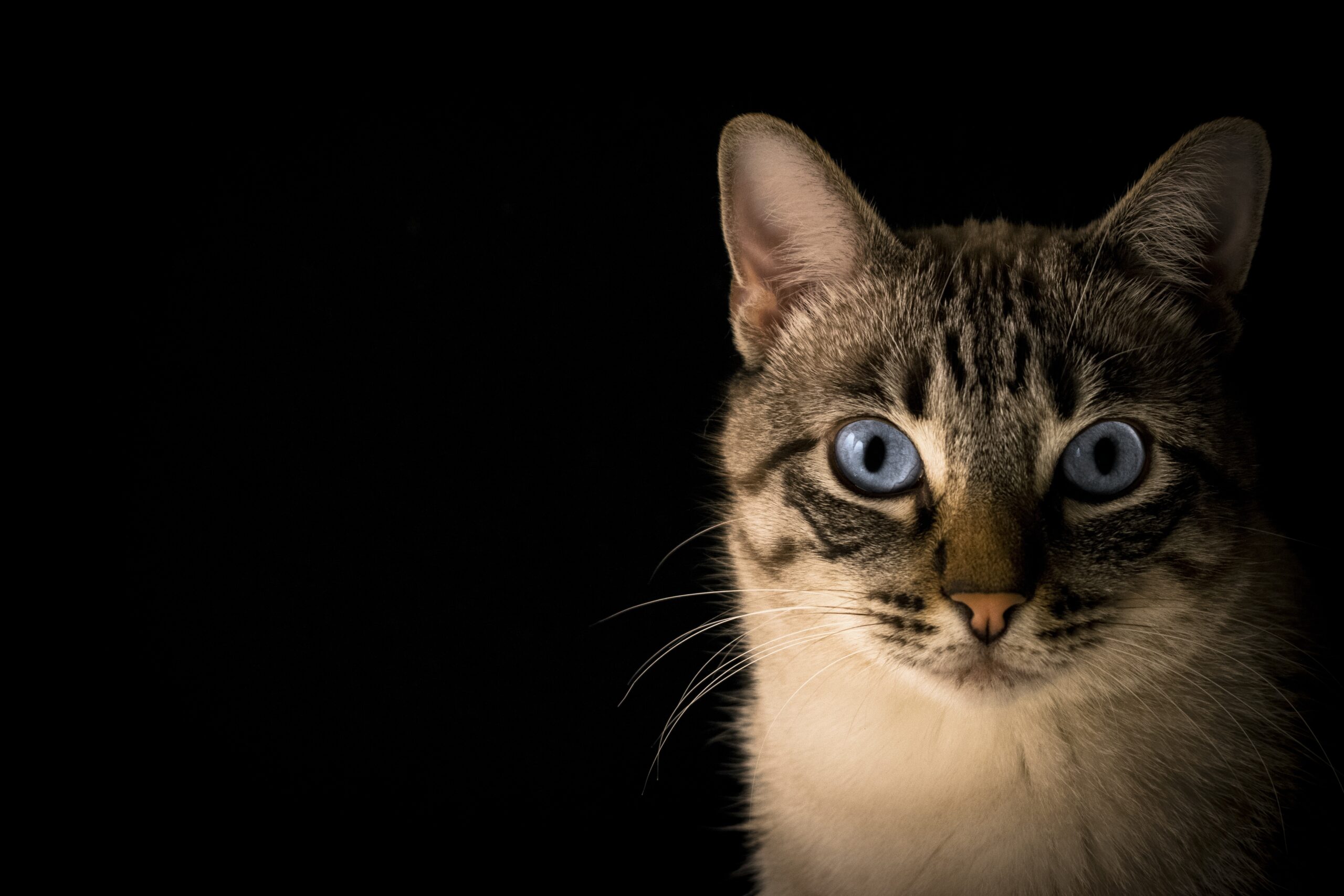
Learn how to speak directly to your cat, communicating your thoughts and feelings CLICK HERE
Analyzing Whisker Movements
A cat’s whiskers, also known as vibrissae, are highly sensitive and play a crucial role in their perception of the surrounding environment. By observing their whisker movements, you can glean insight into their emotions and intentions. Here are some common whisker movements and their potential meanings:
- Relaxed and Pointing Forward: When a cat’s whiskers are relaxed and pointing forward, it often signifies contentment and relaxation. It is a neutral position that indicates a calm and comfortable state.
- Sticking Sideways: If a cat’s whiskers are sticking sideways, it may indicate that they are feeling defensive or threatened. This sideways movement helps the cat assess the width of narrow passageways or determine if they can fit through a tight space.
- Pulled Back or Flattened: Whiskers pulled back or flattened against the face typically indicate fear or aggression. This defensive posture helps protect the sensitive whiskers from potential harm.
- Tense and Pointing Backwards: Whiskers pointing backward and appearing tense can indicate aggression or a state of heightened arousal. It may be seen when a cat feels threatened and is preparing to defend itself.
Observing Paw Gestures
Cats often use their paws to communicate various messages and express their needs. By paying attention to their paw gestures, you can better understand what your cat is trying to convey. Here are some common paw gestures and what they might signify:
- Kneading: Kneading is a behavior where a cat pushes its paws in and out against a soft surface, often accompanied by rhythmic motions. It is a sign of contentment and harks back to their kittenhood when they kneaded their mother’s mammary glands for milk.
- Stretching: When a cat stretches its paws and extends its claws, it often represents a display of comfort, relaxation, and satisfaction.
- Hiding Claws: Cats have the ability to retract and extend their claws. If a cat hides their claws by retracting them, it is a sign that they are feeling at ease and have no intention of using them aggressively.
- Raised Paw: A raised paw can be a friendly gesture or a request for attention. Cats may lift their paw towards their owners or other cats to initiate play or seek affection.
- Scratching: Cats scratch to mark their territory, groom their claws, and stretch their muscles. When a cat scratches an object or surface, they are leaving their scent behind and communicating their presence to other cats.
- Paw Flicking: Flicking or waving the paws in a quick and deliberate manner can indicate excitement, anticipation, or frustration. Cats may exhibit this behavior when they are engaged in play or trying to capture prey.
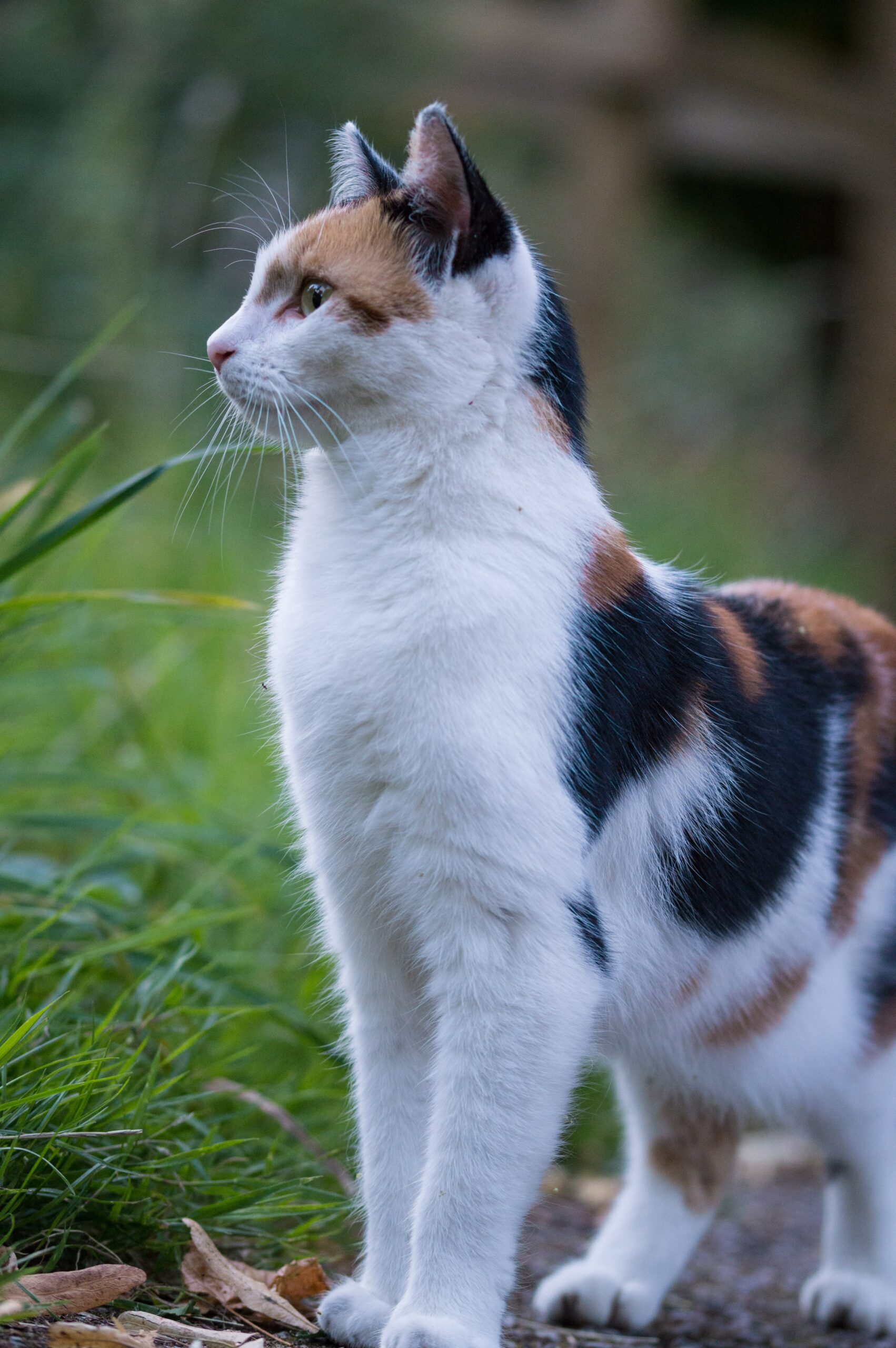
Noticing Vocalizations
Cat vocalizations are an important part of their communication repertoire. By listening to their vocalizations, you can decipher what your cat is trying to express. Here are some common cat vocalizations and their meanings:
- Purring: Purring is often associated with contentment and can signify relaxation, comfort, and a positive emotional state. Cats also purr when they are seeking attention or want to bond with their humans.
- Meowing: Meowing is a versatile vocalization that can have different meanings depending on the context and intensity. It can indicate hunger, request for attention, greeting, or even protest.
- Hissing: Hissing is a defensive vocalization typically used to warn potential threats or express fear or aggression. A cat may hiss when they feel cornered or perceive a threat to their territory.
- Growling: Growling is a vocalization associated with aggression, anger, and territoriality. Cats may growl when they feel threatened or challenged by another cat or animal.
- Chirping: Chirping is a unique vocalization that cats often make when they are excited or anticipating something. It is often observed when a cat is watching birds or small prey outside the window.
- Chattering: Chattering is a vocalization particular to cats who are observing prey, such as birds or squirrels. It is thought to be an expression of excitement and frustration at not being able to capture their desired prey.
Considering Body Postures
A cat’s body posture can provide valuable information about their mood, intentions, and level of comfort. By observing their body postures, you can gauge their emotional state and respond accordingly. Here are some common cat body postures and what they may convey:
- Relaxed and Lying Down: When a cat is lying down, stretched out, and in a relaxed position, it typically means they are comfortable and at ease. This posture can also indicate trust in their surroundings.
- Tense and Crouching: A cat that is crouching down with a tense body posture is displaying heightened alertness and may be preparing to pounce or defend itself. This posture is commonly seen during hunting or defensive situations.
- Arched Back and Puffed Fur: An arched back with puffed-up fur is usually a sign of fear or aggression. It is a cat’s way of making themselves appear more prominent and intimidating to potential threats.
- Jumping and Landing Gracefully: Cats are known for their agility and grace when jumping and landing. When a cat executes a graceful and smooth jump, it is a demonstration of their athleticism and self-assurance.
- Rolling and Stretching: Rolling and stretching are behaviors that cats often exhibit when they are feeling comfortable and content. It is their way of releasing tension and enjoying their surroundings.
- Sitting Upright: When a cat sits upright with its tail wrapped around its body and facing forward, it can indicate curiosity and interest in its environment. The cat may be observing its surroundings or preparing to explore.
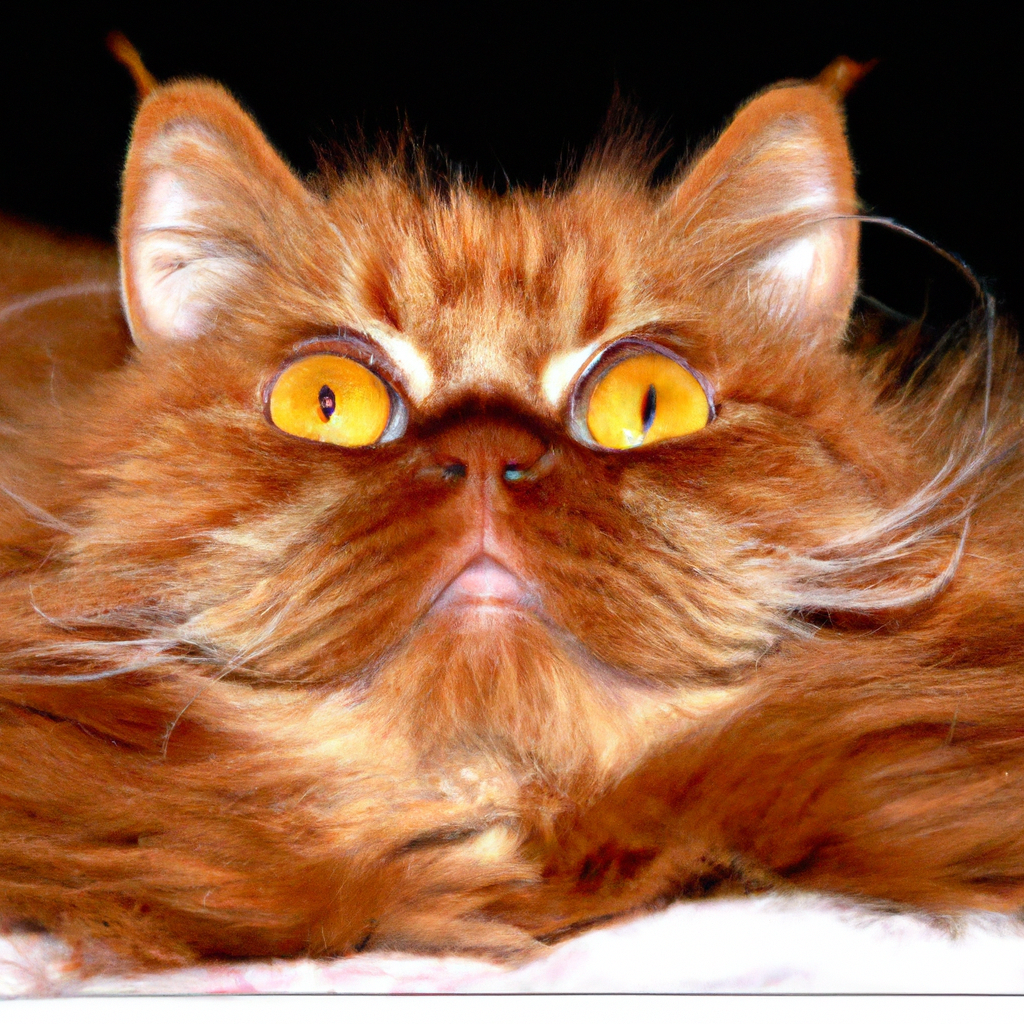
Recognizing Facial Expressions
A cat’s face can reveal a lot about their current emotional state. By understanding their facial expressions, you can gain insights into what they are feeling and respond appropriately. Here are some common cat facial expressions and their meanings:
- Relaxed and Contented Face: A relaxed and contented face is characterized by soft eyes, slightly opened mouth, and relaxed facial muscles. It indicates that the cat is feeling calm, comfortable, and at ease.
- Fearful or Anxious Face: A fearful or anxious face often exhibits widened eyes, flattened ears, and a tense facial expression. The cat may be on high alert and ready to flee or defend itself if necessary.
- Aggressive or Threatening Face: An aggressive or threatening face may include narrowed eyes, barred teeth, raised fur, and exposed claws. This facial expression signals that the cat is ready to attack or defend its territory.
- Playful or Excited Face: A playful or excited face is characterized by wide eyes, ears erect, and a slightly open mouth. The cat may display a mischievous expression as it engages in play or anticipates interaction.
- Curious and Inquisitive Face: A curious and inquisitive face often exhibits forward-facing ears, wide-open eyes, and a slightly tilted head. The cat’s facial expression indicates its interest in exploring or investigating its surroundings.
In conclusion, understanding cat body language is essential for building a stronger bond with your feline companion. By paying attention to their tail positions, ear movements, eye expressions, whisker movements, paw gestures, vocalizations, body postures, and facial expressions, you can effectively communicate with your cat, ensuring their comfort, well-being, and happiness. Remember to approach each interaction with patience, respect, and a willingness to learn their unique communication style, and you will be rewarded with a deeper understanding of your cat’s thoughts and feelings.
Learn how to speak directly to your cat, communicating your thoughts and feelings CLICK HERE

